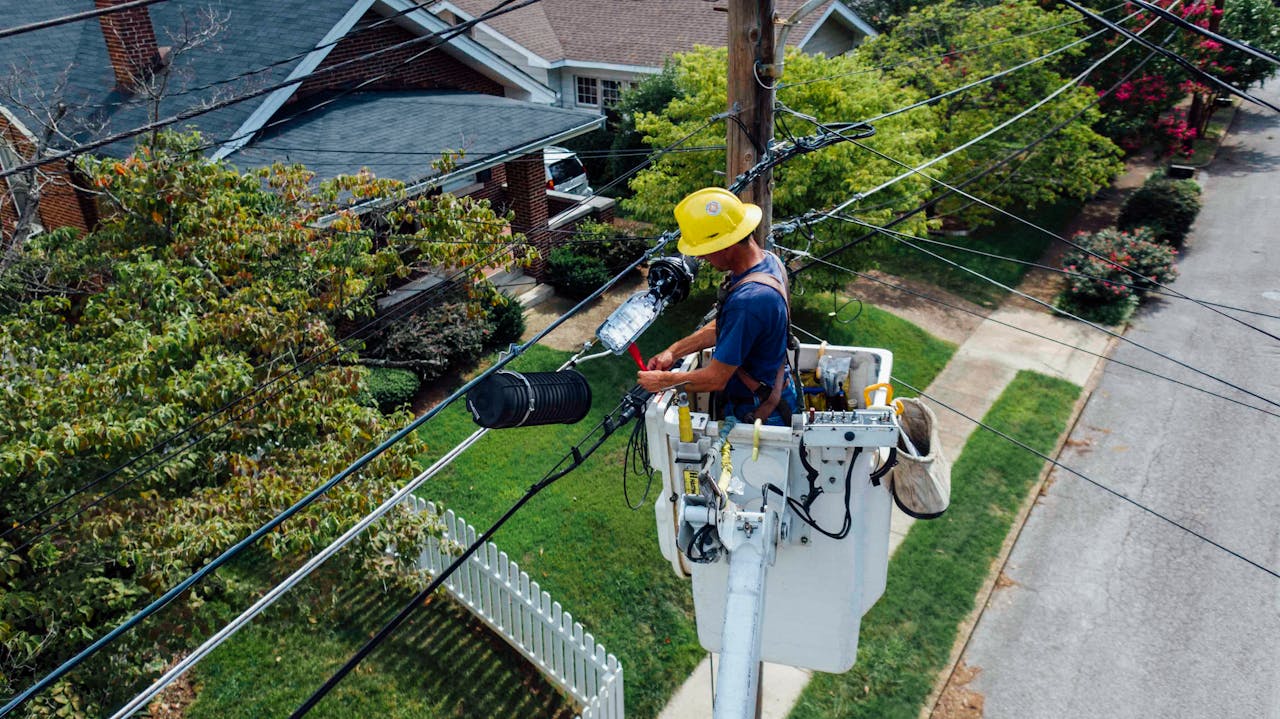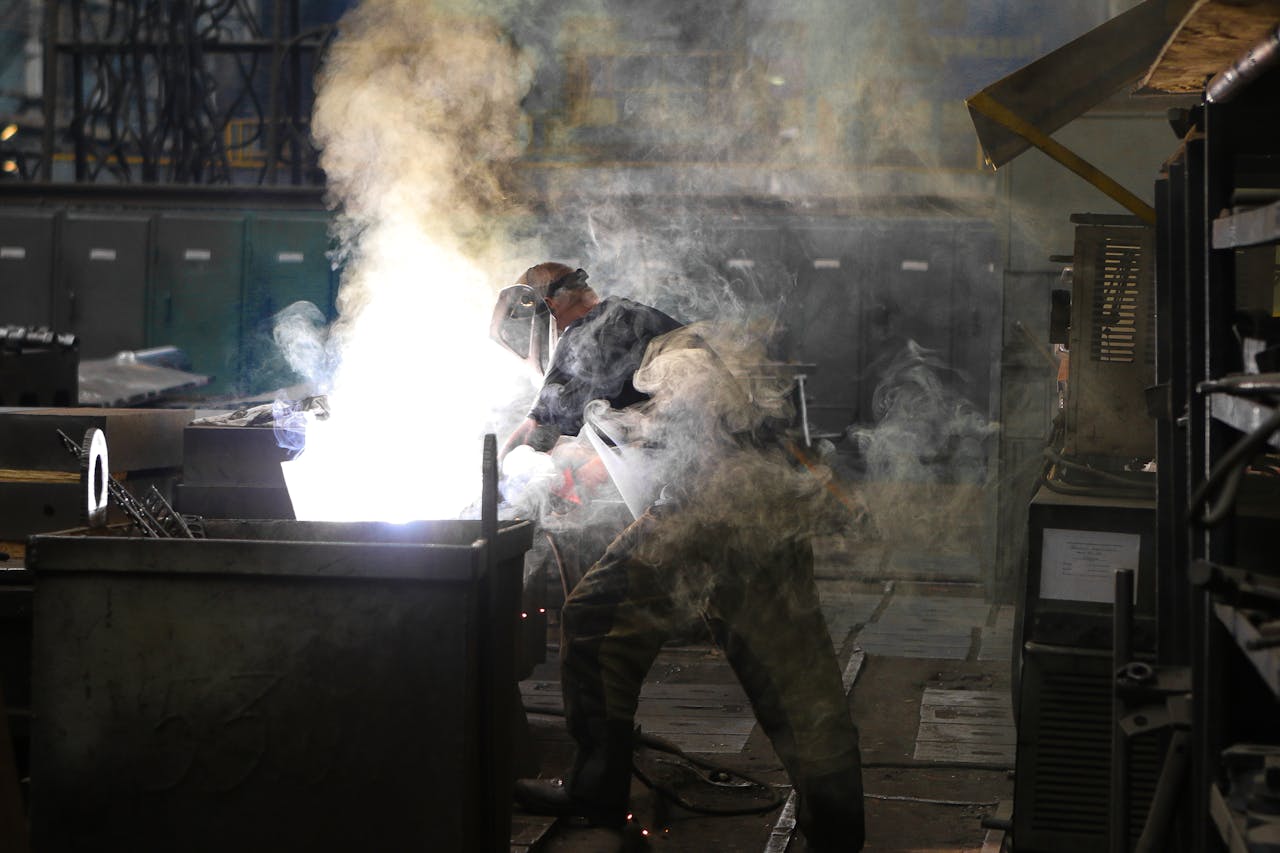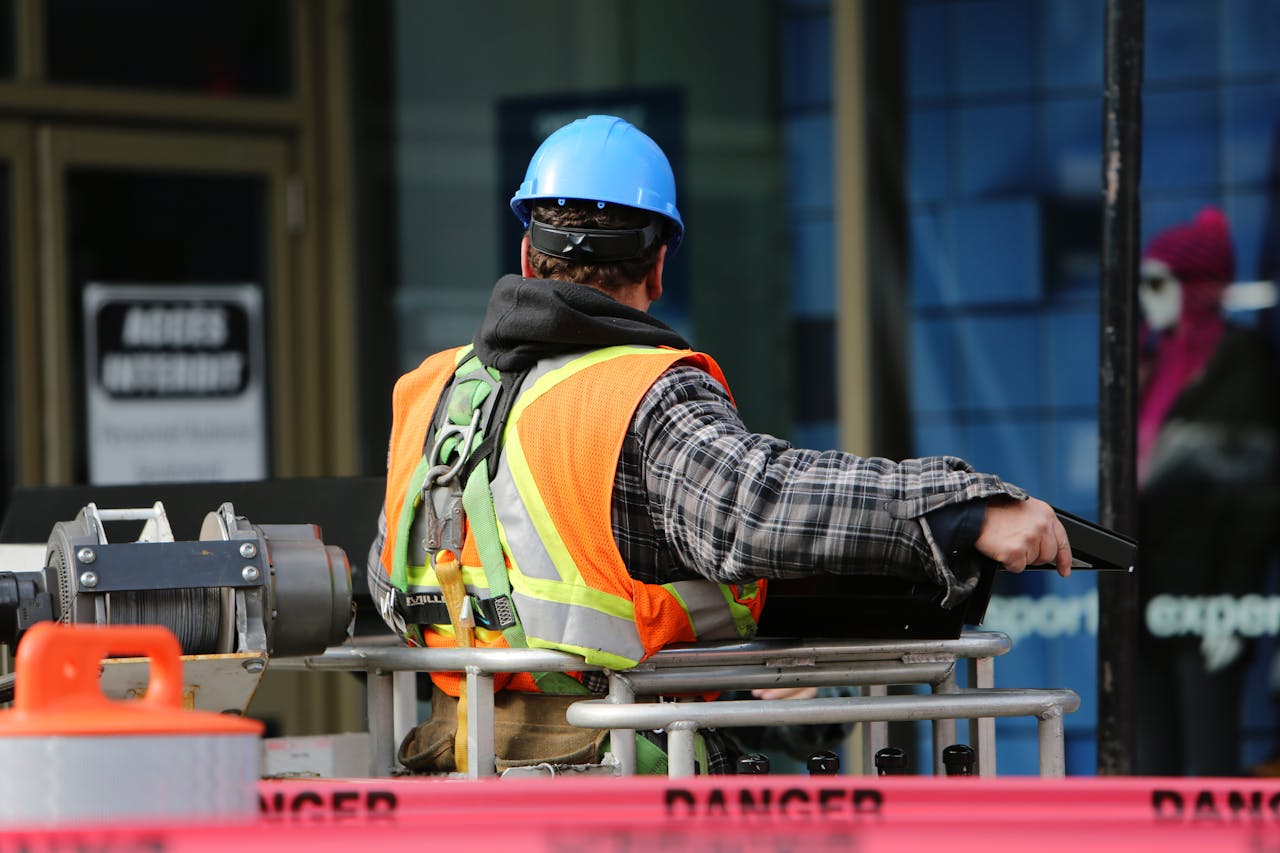Safety risks in global EPC operations span far beyond stairwells
One of senior leaders of a major EPC company—operating in some of the world’s most safety-sensitive industries—once consistently emphasized a single rule when discussing safety: “Always hold the rail when using stairs.”
Safety professionals in the company diligently complied. Whenever they walked the stairs they abidingly held the handrail. At times, especially in groups, they looked like a well-drilled cult of handrail holders. The visual was memorable, but the message it sent was mixed: safety was being reduced to a ritual, rather than communicated as a strategic function essential to employees’ and company’s health, survival and success. While preventing slips, trips, and falls is important, this message illustrated a deeper issue in how safety is sometimes understood at the leadership level.
Safety risks in global EPC operations span far beyond stairwells—they include high-energy construction environments, complex chemical processes, and multi-billion-dollar infrastructure projects. These risks demand far more than common-sense reminders.
At the most basic level, laypeople understand safety in terms of everyday actions: walking carefully, driving attentively, avoiding visible hazards. And at that level, everyone is an expert—ready to give advice and pep talks. But as one begins to explore the complex, layered risk landscape of a global business, the number of true experts narrows significantly. Eventually, only trained and experienced professionals in narrow professional fields can provide the necessary insight and tools to prevent catastrophic incidents to people, the environment, and the business.
When safety is reduced to ritual—replacing true comprehension of organizational risk with symbolic gestures—it loses credibility and impact. Instead, senior leaders should promote a holistic, professional understanding of organizational risk—one that reflects the scale and complexity of their operations.
Everyone can offer advice on how to walk safely. But not everyone can lead a risk-informed safety culture.
Successful senior leaders recognize that executive focus must be on ensuring that all risks are recognized, evaluated, and controlled.
A well-informed CEO leads a real, risk-based safety culture—not a ritual of pep talks. A true risk-based safety strategy is grounded in identifying and controlling threats to people, operations, and reputation. It prioritizes data, expert analysis, and proactive decision-making. In contrast, a “hold the rail” approach may feel tangible and visible, but may substitute meaningful risk management with symbolic tokens—ultimately compromising safety programs and introducing risk to the organization.
hashtag#RiskBasedSafety; hashtag#SafetyLeadership; hashtag#SafetyCulture


